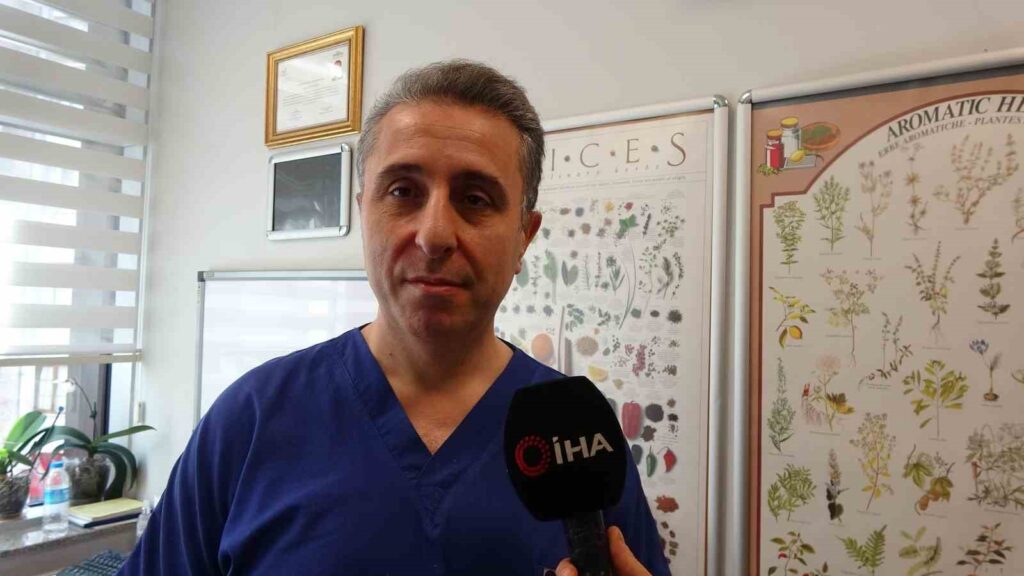Misconceptions and Facts About Autism
Access detailed information about the misconceptions and true facts about autism. Learn about the symptoms of autism, the diagnosis process, and treatment methods.

Informative Information About Common Misconceptions
Dr. Nursinem Şirin, the Education R&D Manager of Tohum Autism Foundation, who was a guest at the Altınbaş University Wednesday Meetings, explained the commonly misunderstood facts about autism. Addressing the misconceptions prevalent in society about autism, Şirin stated, ‘Today, there is talk that famous figures like Van Gogh and Mozart could have been autistic’.
Definition and Symptoms of Autism
During the Wednesday Meetings at Altınbaş University, Dr. Nursinem Şirin emphasized that autism is defined as ‘difficulty in social communication’. She mentioned that emotional perceptions can be different in autistic individuals and in some cases, certain abilities can stand out. She explained that the diagnosis of autism can be made by child and adolescent psychiatry.
Education and Support for Individuals with Autism
Dr. Nursinem Şirin expressed that in order for individuals with autism to be integrated into society, an early, intense, continuous, and scientifically based education is necessary. She recommended at least 20, up to 30 hours of individual education and training per week. She listed the basic symptoms of autism in 8 items and explained the difference between speech delay and delayed speech.
Common Misconceptions About Autism
While discussing the misconceptions about autism, Dr. Nursinem Şirin emphasized that not every individual with autism may have exceptional abilities as it is commonly believed. She mentioned that it cannot be directly determined whether screens cause autism, but exposure to screens in autistic individuals can increase the severity of autism.
Employment Model Supported by Job Coaches
Şirin stated that individuals with autism can enter the workforce not only in childhood but also in adulthood, and they are working on the Employment Model Supported by Job Coaches. She explained that the aim of this model is to enable individuals with autism to live independently and work. Additionally, she shared that job coaches support the participation of individuals with autism in the workforce and contribute to reducing the margin of error in workplaces.







